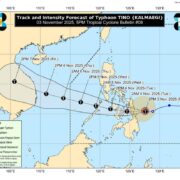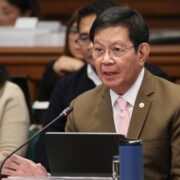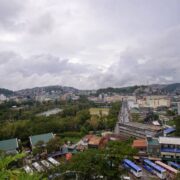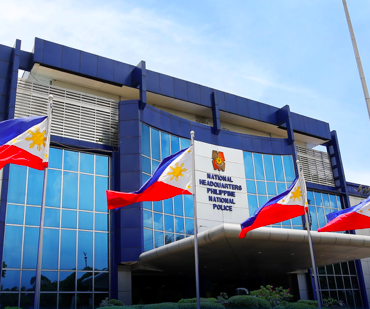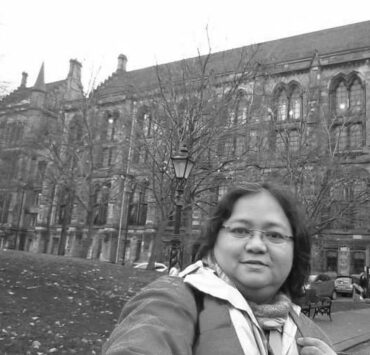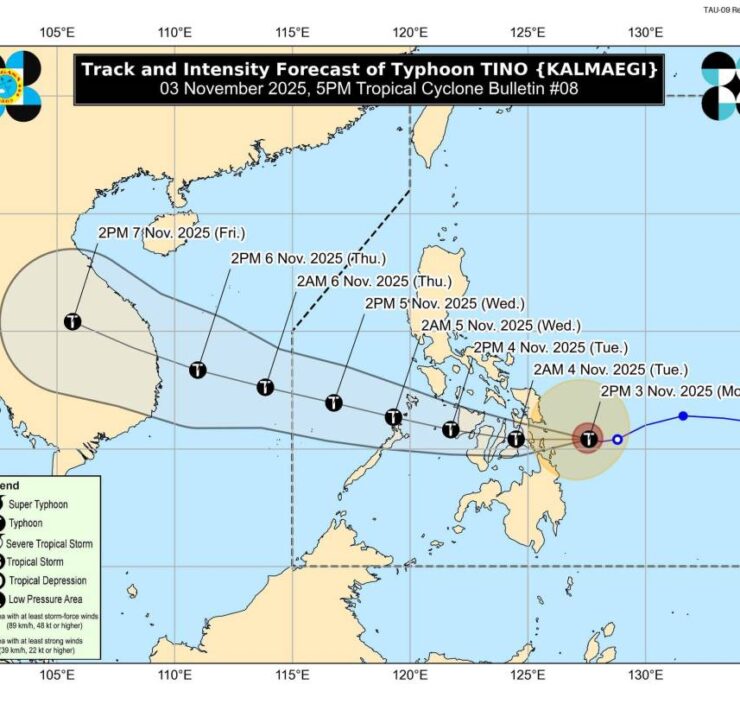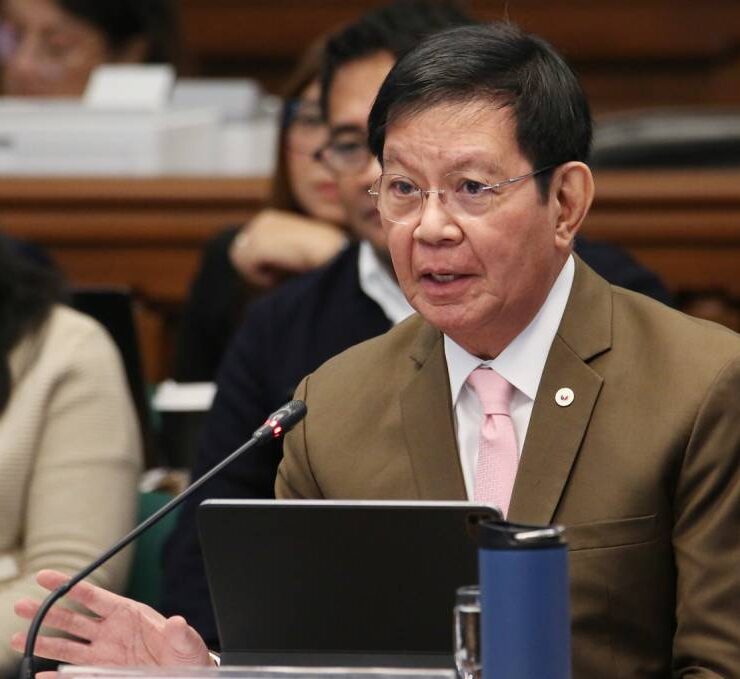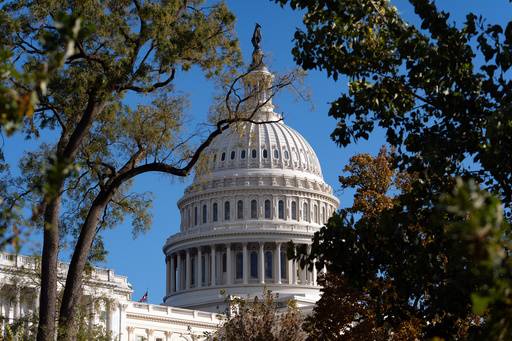MMDA eyes ‘7-to-4’ work sked in gov’t offices
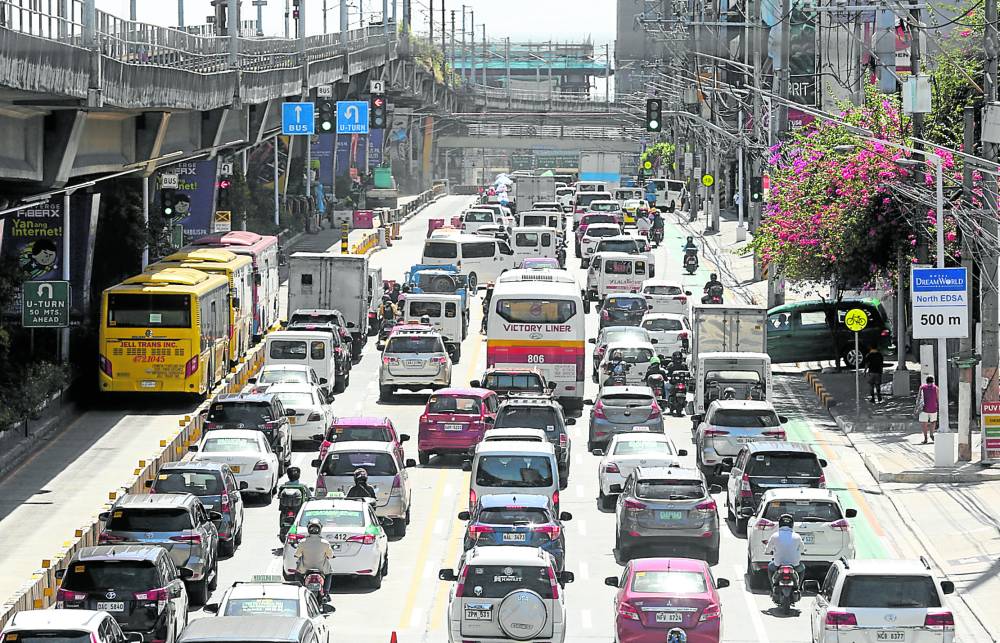
The Metropolitan Manila Development Authority (MMDA) said on Thursday that it would recommend to President Marcos that national government agencies (NGAs) in the National Capital Region (NCR) also adopt the 7 a.m. to 4 p.m. work schedule to ease traffic flow ahead of the targeted rehabilitation of Edsa this year.
In a press conference at the MMDA office in Pasig City after a meeting with the agency’s policymaking body, the Metro Manila Council, MMDA Chair Romando Artes cited the results of a study which showed that the implementation of the modified work schedule among local government units (LGUs) in the NCR helped improve traffic flow and shorten travel time.
The study was conducted by the MMDA Office of the Assistant General for Planning and MMDA Traffic Engineering Center. The proposed work schedule, as opposed to the current 8 a.m. to 5 p.m. for most government employees, has been practiced by the MMDA and Metro Manila LGUs since May last year.
According to Artes, they will submit a report and their recommendations on the proposed earlier work schedule to the Office of the President after getting the approval of Metro Manila mayors.
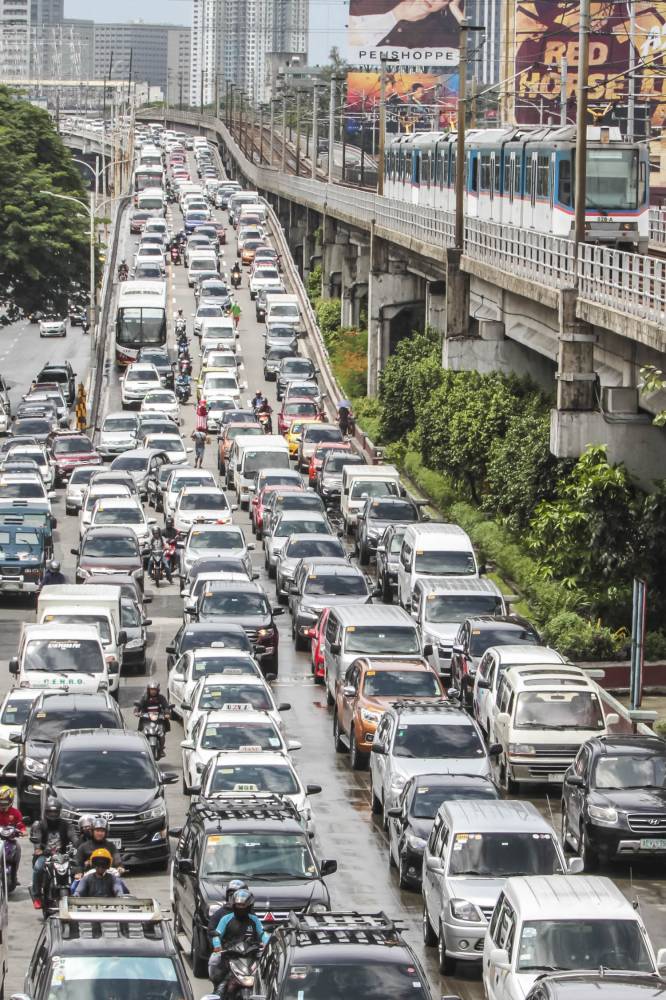
Consultation needed
“We’ll get first the consensus of the mayors. We’ll coordinate with them and ask them what their preference is so that the data we’ll be submitting to the President is complete and the recommendations will be in line with various experiences of each of the LGUs,” Artes said.
He added that they want to finish working on the recommendation before March, when the rehabilitation of Edsa is expected to start.
So far, San Juan Mayor and MMC president Francis Zamora and Pasay Mayor Imelda Calixto-Rubiano, who were at the press briefing, were supportive of the proposed new work schedule, citing its positive effects on traffic flow in their respective areas.
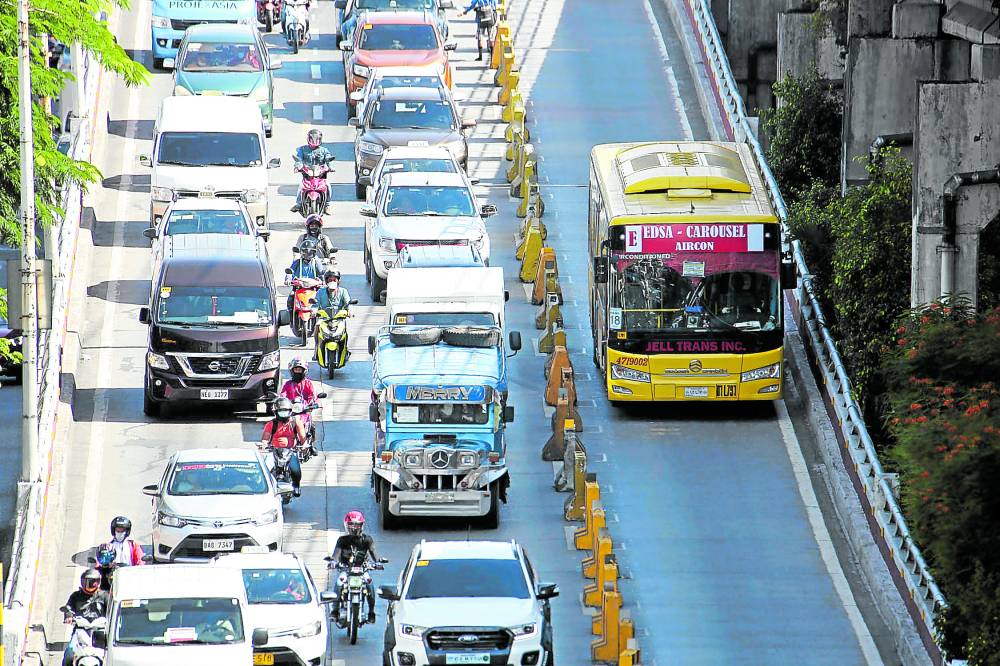
Minimal effect
While the results of the MMDA study on the 7 a.m. to 4 p.m. work schedule being enforced by NCR LGUs showed only a “minimal improvement” in traffic flow on Metro Manila’s major thoroughfares, this was attributed to the fact that most local government offices were located on city and municipal roads rather than major roads.
But the report also pointed out that a comparison of traffic statistics before and after the modified working period indicated that travel time decreased by 10.20 percent, while travel speed increased by 20.70 percent on roads near the city and municipal halls of the LGUs.
There was likewise a “notable” reduction in both the number of delays and delay times, with an average decrease of 21.92 percent in the number of delays and 16.39 percent in delay times. These delays were caused by stops at traffic signals, stops due to loading and unloading, congestion resulting from high traffic volumes and other contributing factors.
The report also noted that under the earlier work period, 43,936 local government employees with private vehicles and 38,536 others relying on mass public transportation did not have to commute along with NGA and private sector workers during the peak hours of 6 a.m. to 9 a.m. and 5 p.m. to 7 p.m.



